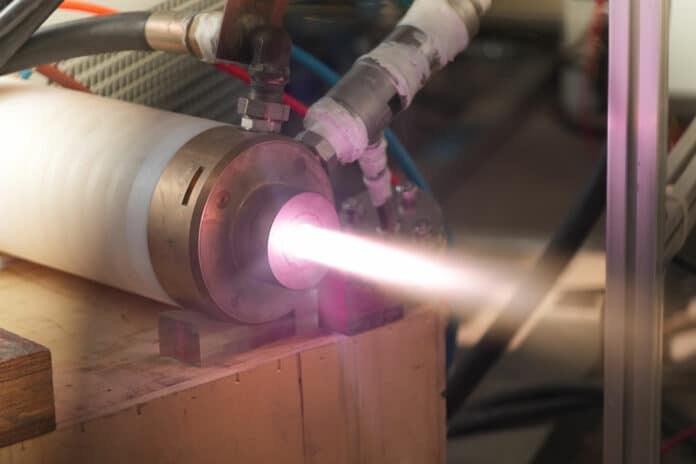Unraveling the Magnetic Sand Mystery
If you witnessed sand-like particles rolling uphill, it might remind you of a certain filmmaker’s work. However, scientists have discovered that this phenomenon occurs naturally, without any need for time manipulation.
The Science Behind Microrollers
Researchers at Lehigh University in the US created tiny particles called “microrollers” by coating small plastic grains with iron oxide. They induced a twisting force on each microroller by using a rotating magnetic-field near a sloped surface of these particles. Along with intermittent attractions between the particles, this allowed the sand-like material to climb slopes and overcome obstacles despite gravity.
The team’s findings have recently been published in the journal Nature Communications. An accompanying video vividly illustrates the effects of applying torque and an attractive force to each grain, demonstrating how they can flow uphill, ascend walls, and navigate stairs with ease.
Chemical and biomolecular engineer James Gilchrist states, “After using equations that describe the flow of granular materials, we were able to conclusively show that these particles were indeed moving like a granular material, except they were flowing uphill.”
Researchers discovered sand-like particles capable of moving uphill, defying gravity, which they named “negative angle of repose” due to its unconventional friction behavior. They achieved this by making the particles stick together and climb slopes using a magnetic force. When the microrollers were not magnetized, they naturally flowed downhill.
Applications and Future Possibilities
While the research is still in its early stages, it holds promise for various applications, such as controlling substance mixing and microrobotics for drug delivery. The team is already working on constructing a miniature staircase to further investigate this fascinating discovery.







